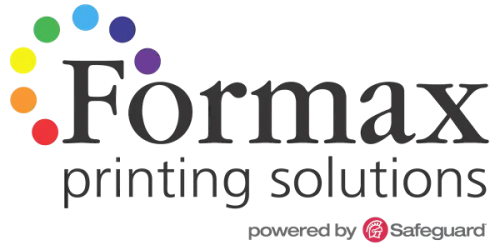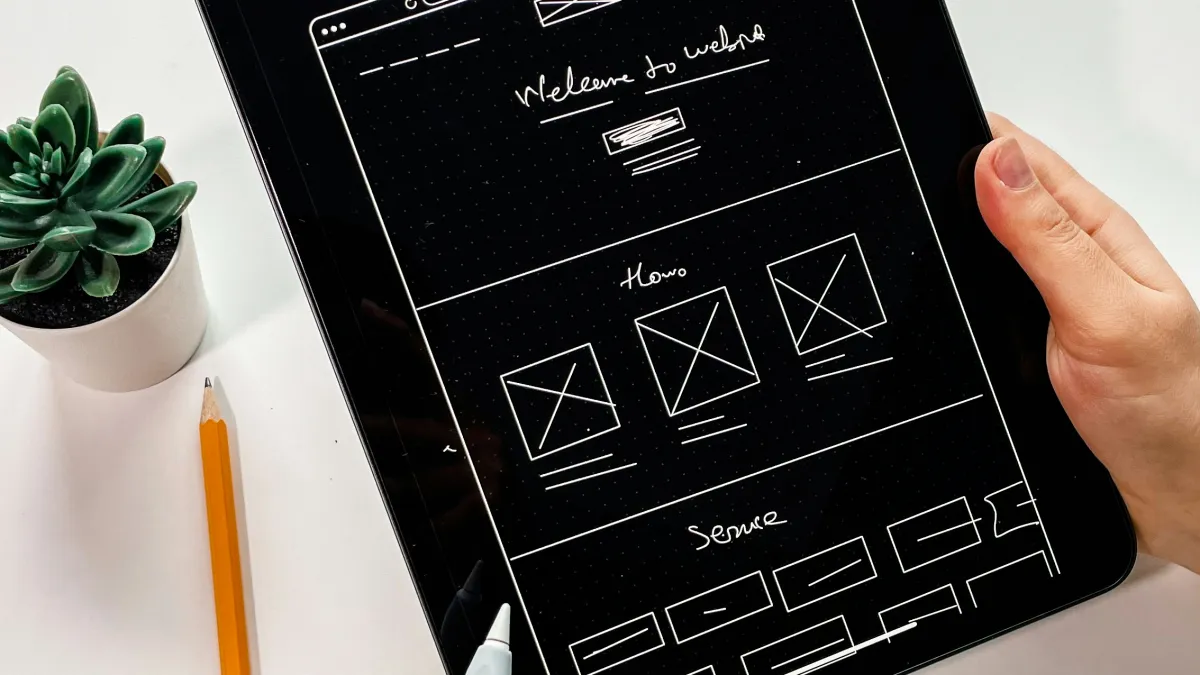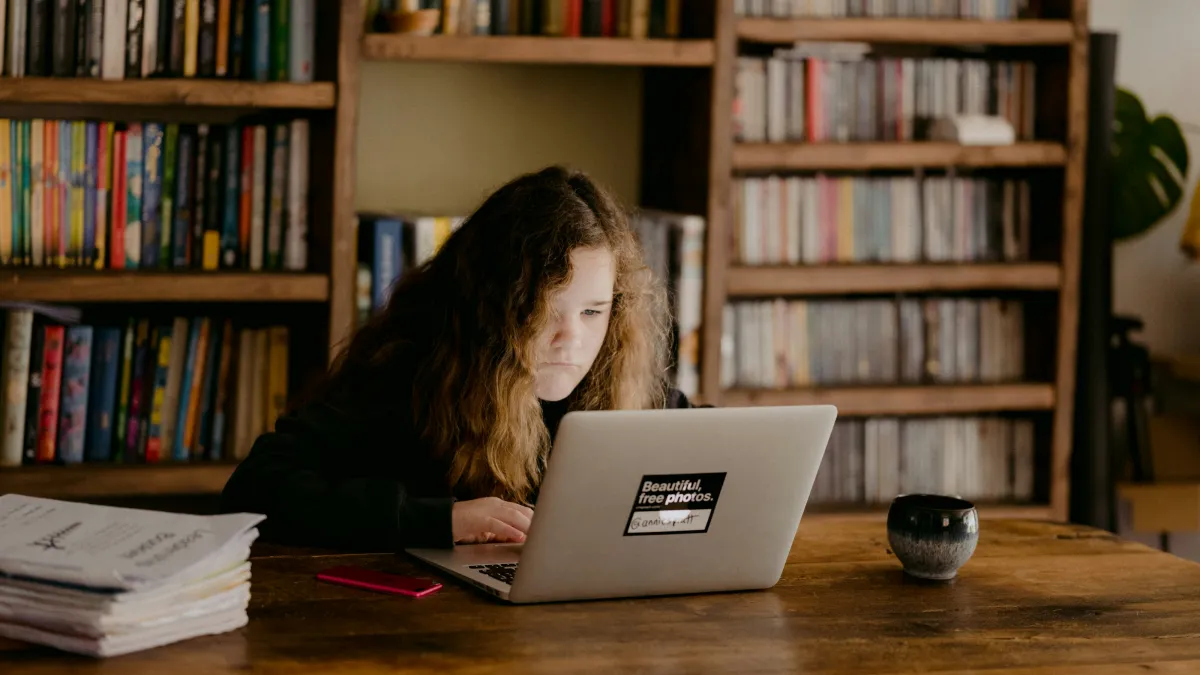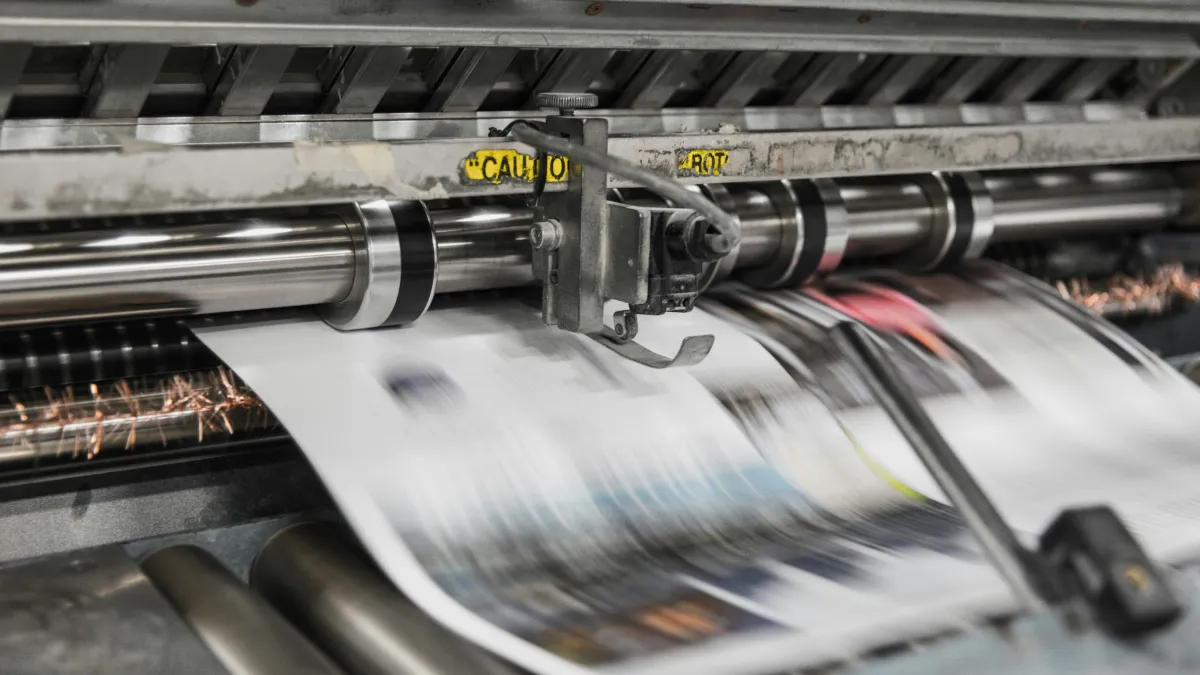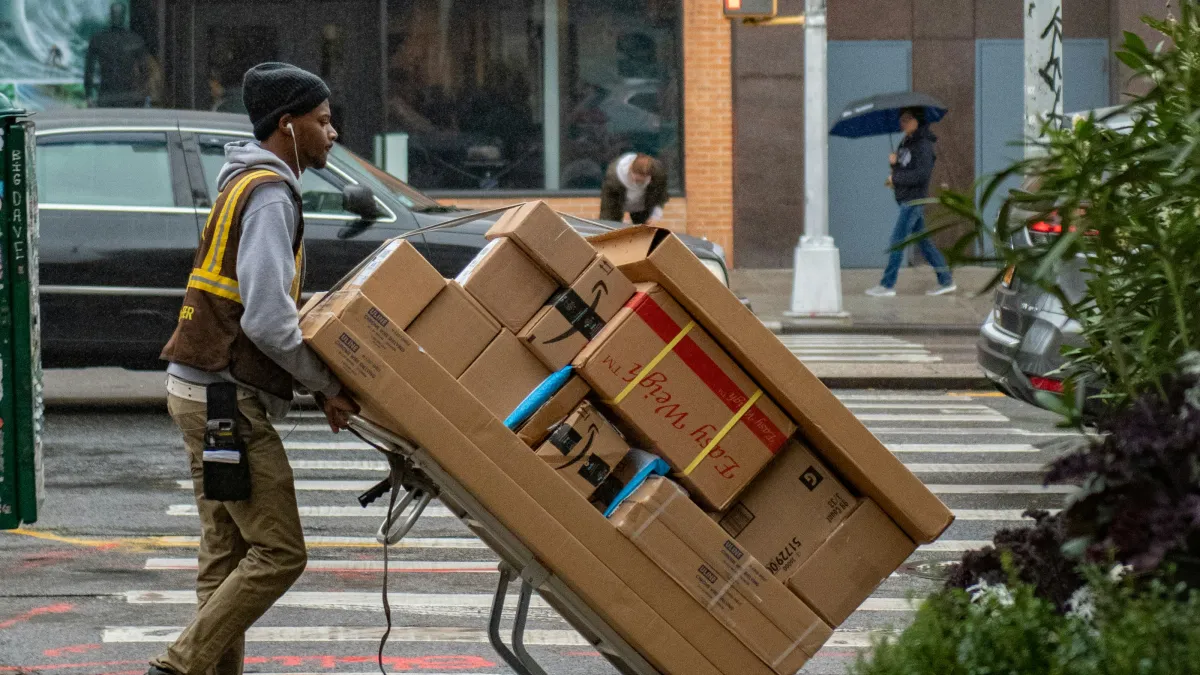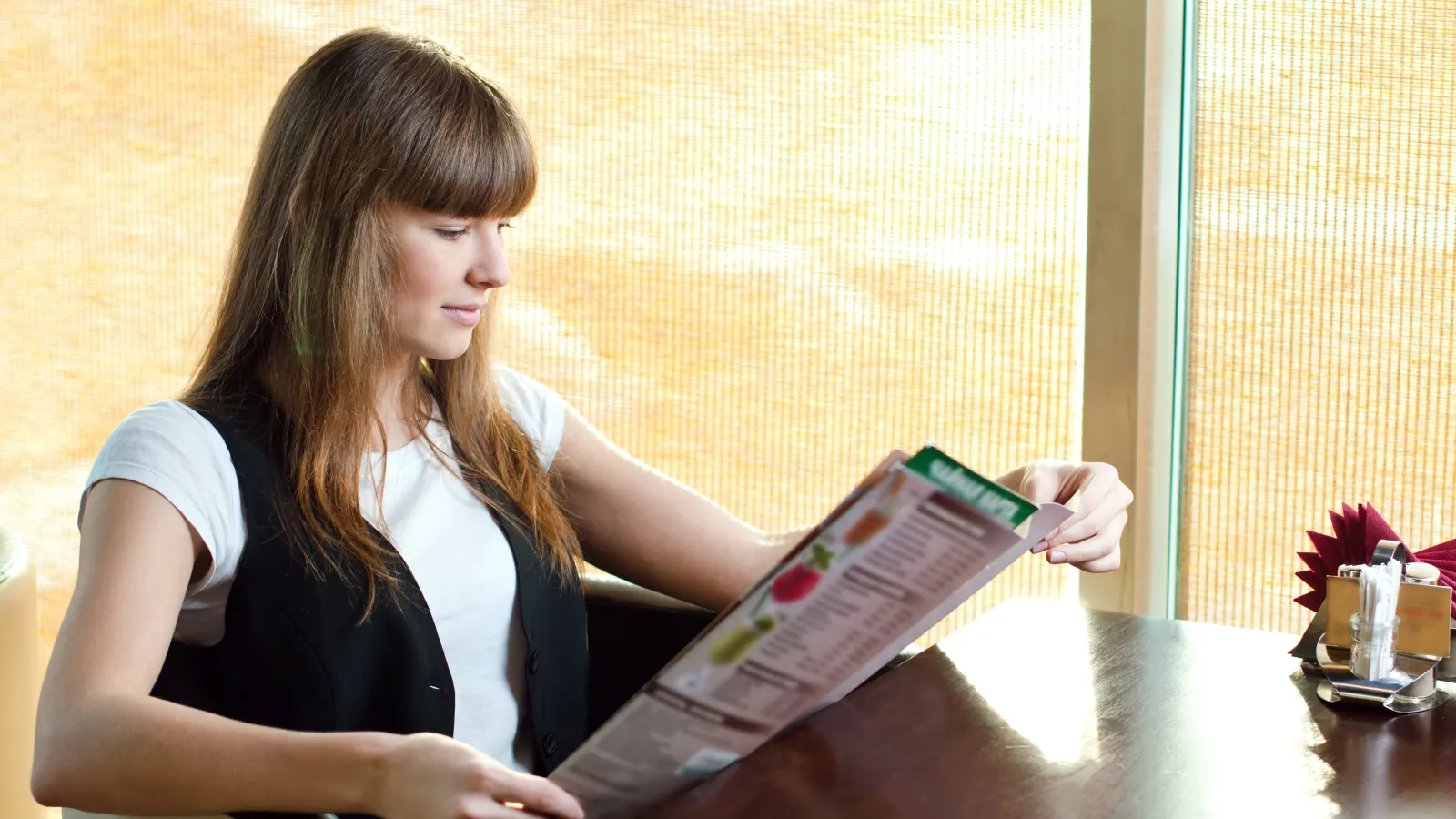
Laminated Menu Printing
High Quality Restaurant Menus
Ready to get started? Get a Quote!
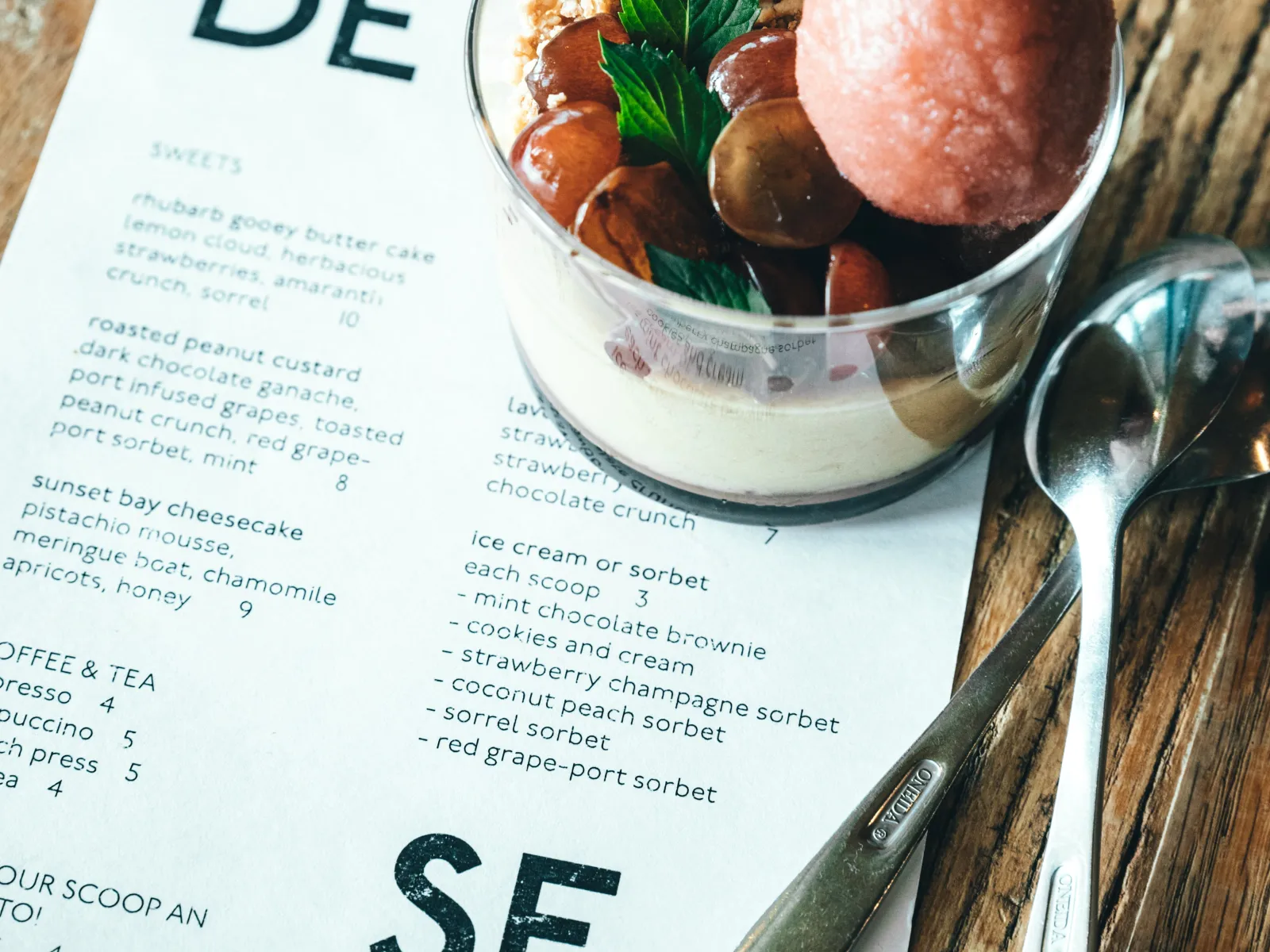
High-Quality Laminated Menus for Your Restaurant
At Formax Printing, we understand that your menu is crucial to your restaurant's customer experience. With our laminated restaurant menu printing services, we ensure your menus are not only visually appealing but durable enough to withstand the busy and messy restaurant environment. Our menus are designed to be practical, long-lasting, and significant to your restaurant's appeal.
Laminated Menus That Combine Beauty with Practicality
Opt for Formax Printing for menus that are both attractive and functional, suitable for indoor and outdoor dining. Our laminated menus are durable and able to withstand spills and outdoor conditions without damage. They feature a protective plastic layer on both sides, making them easy to wipe, clean, and maintain.
Customizable Options for Your Unique Needs
We understand that every restaurant is unique, so we offer laminated menus in various thicknesses and finishes, including glossy or matte. You can choose between square or rounded corners, and we're here to discuss any special requirements, such as folding options, to ensure your menus fit your needs.
When you choose Formax Printing for your restaurant's menu printing, you opt for quality, durability, and a polished presentation that reflects the best of your dining experience. Let us help you create menus that your customers will admire and enjoy.
Sealed-Edge Lamination (Encapsulation)
Our laminating process ensures that the menus are fully encapsulated in plastic, protecting against moisture and contaminants. This sealed-edge lamination means the edges are well-protected, preventing fluids and dirt from damaging the menu.
